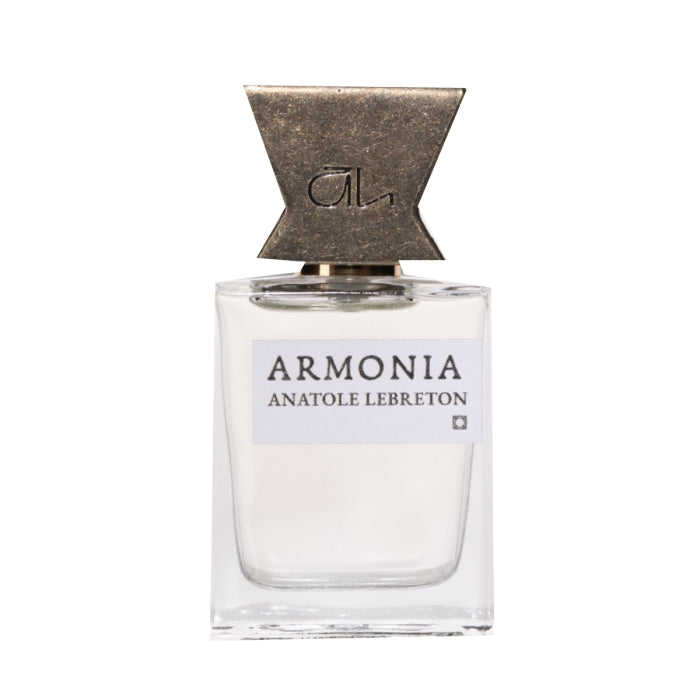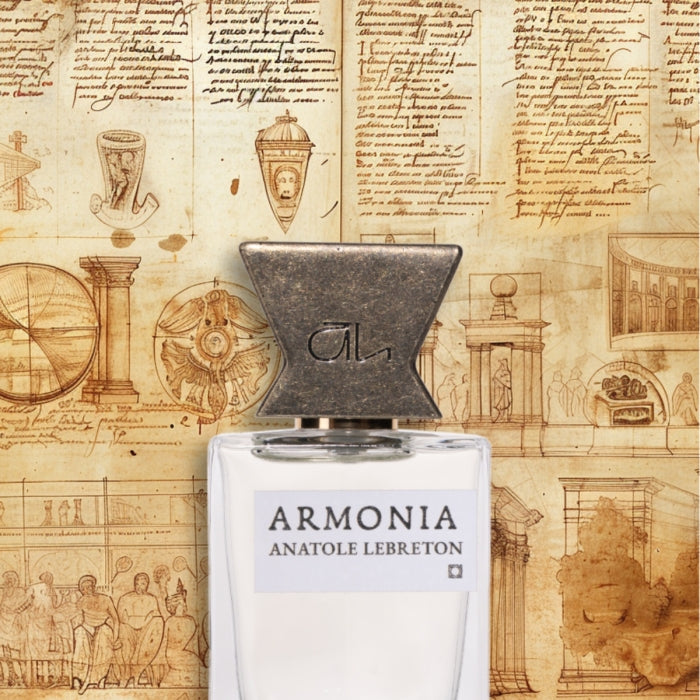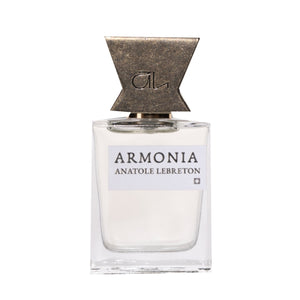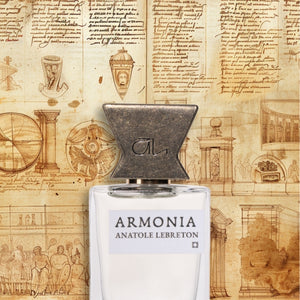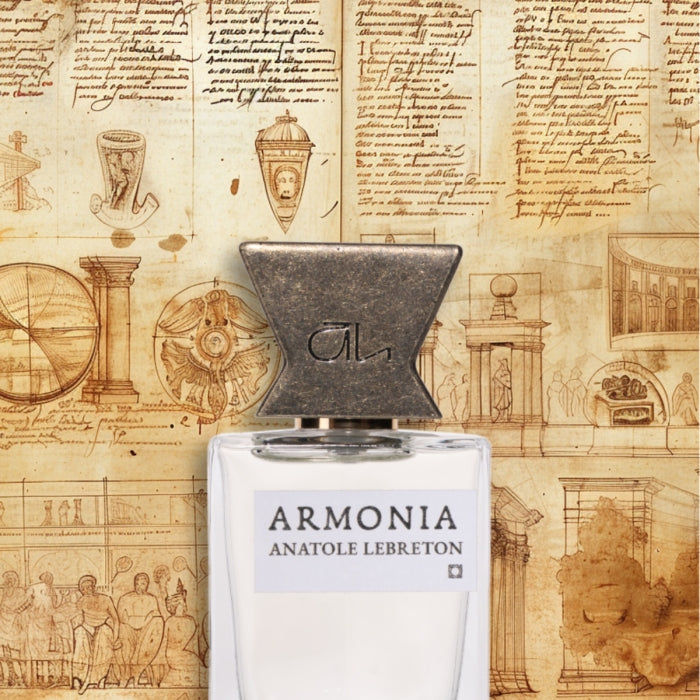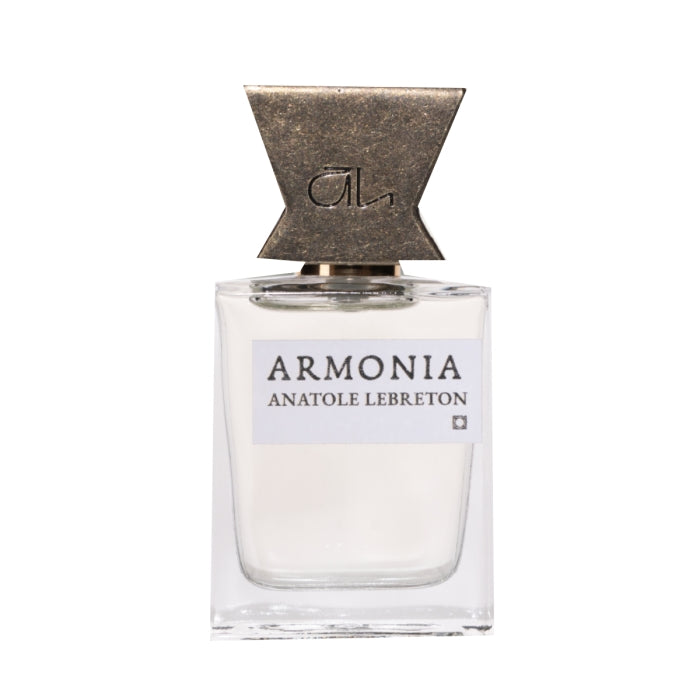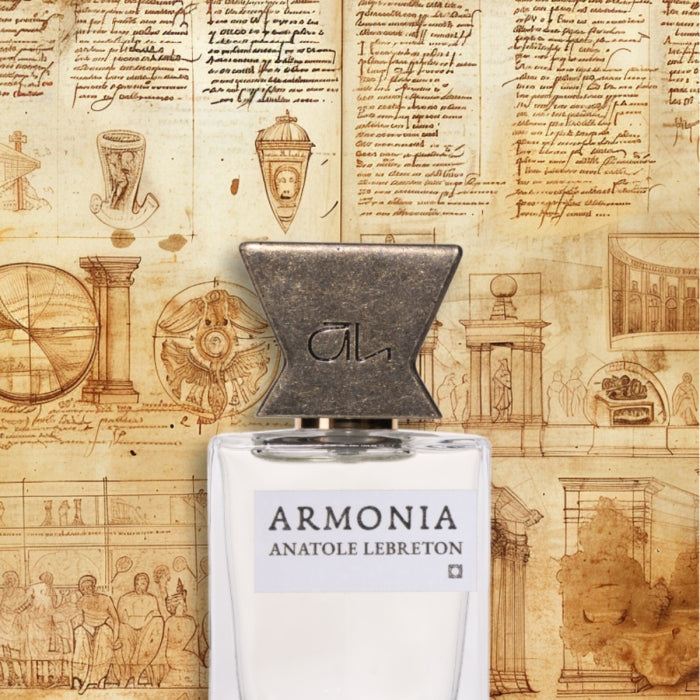The iris begins subtly fruity – with ambrette – and unfolds its legendary powdery, velvety finesse. Saffron and styrax form a soft leather envelope, accompanied by a duo of vanilla and tonka bean. Patchouli plays an important role in the formula, but is rather discreet on the nose, providing a woody finish to maintain the balance and proportions of the perfume.
Florence in the 15th century, the Italian Renaissance. Under the influence of humanist ideas that sought to elevate the human soul, a new artistic style emerged. It took visible and tangible nature as its model and attempted to represent it. This new vision was accompanied by significant technical innovations: the incorporation of perspective and the pursuit of perfect, harmonious proportions. Leonardo da Vinci developed sfumato, the blending of colours, which gives the subject an elusive outline and a smooth texture. The movements of the body evoke the movements of the soul... This work on harmony, on perfect proportions, on notes that blend and merge fluidly, this search for harmony is also that of the perfumer.
‘For me, Armonia is the symbol of an eternal search for balance. A soft, woody fragrance like the caress of a Tuscan glove.’
Artefacts
Artefacts refer to artificial objects made by human hands or the artistic process from the Latin ars – art, facere – to make, to produce. In this collection, Anatole Lebreton wanted to explore the mechanisms of the creative act, drawing inspiration from significant events in human history. These artefacts are the result of olfactory excavations in unfamiliar perspectives and distant viewpoints.

